Xiaomi had announced the successor of Mi4, the Xiaomi Mi5 at the Mobile World Congress (MWC 2016). Xiaomi Mi5 was launched in India on March31st and it comes with a 5.15 inch Full HD display with a resolution of 1920 X 1080p and is powered by the most powerful processor, the Snapdragon 820 Quad core chipset coupled with 3GB of RAM and Adreno 530 GPU.
The phone also comes with 32GB storage. So how does the Xiaomi Mi5 perform? Let’s find out in this detailed review.
Related Reading: Xiaomi Mi5 Unboxing
Design and Build:
Design wise, the Mi5 is all metal and glass design and comes with 2.5D glass covering on a metal chassis. The phone has curved edges towards the rear panel similar to the Mi Note and Mi Note Pro. The front panel houses the 5.15 inch Full HD display, a physical home button which also acts as a fingerprint scanner, capacitive backlit back and multitasking button, usual sensors, front camera and the earpiece.
All the four edges of the device are curved and it has a glossy back cover. The pro version is made of ceramic instead of glass. The rear panel houses the 16MP camera, dual tone LED flash and the Mi Logo. The right side has the power and volume keys while the SIM tray is on the left side. The bottom houses the USB C type port and the speaker unit. There is IR blaster on the top along with microphone and audio jack.
The device feels incredibly light for a metal and glass finish and is just 129gms. While the overall finishing and build quality is top notch, the glass finishing could make the device a bit slippery.
Display:
The phone comes with a 5.15 inch Full HD display (1080p) with Corning Gorilla glass and 428ppi. Unlike other flagships, Xiaomi has not gone with QHD. The full HD panel has 16 LEDs which provides excellent brightness for the display even in bright sunlight. The display looks crisp, vibrant and colors look impressive.
The touch response is also very good and it has the sunlight display which makes it pretty good for all conditions.
Software:
Xiaomi Mi5 comes with Android 6.0 Marshmallow with MIUI 7. This is the first smartphone from Xiaomi to ship with Marshmallow. If you have been using a Xiaomi device previously, you might be knowing that the company concentrates of MIUI version rather than the Android version.
The phone comes with custom launched with multiple home screens devoid of an app drawer. The notification center and quick toggles are also completely customized.
If you have been using Xiaomi phones, the interface is quite familiar and there aren’t too many visual changes to the UI with MIUI 7. The phone comes with tonnes of options to customize, be it in the form of themes, icon packs, lock screen, boot animations, sounds and more. All of these can be downloaded from the Themes app.
Mi5 also comes with Daily Lock Screens wherein you get different lock screen delivered every day.
The phone also comes with Child Mode which allows you to configure the phone when you are giving it to your children. There is also one handed mode if you want to make the display smaller. The phone also features the security app which comes with cleaner, virus scan, block list, data usage and more.
Xiaomi has also added lots of useful apps like a recorder, Compass, torch and much more. Xiaomi’s attention to smaller details is simply amazing and the UI looks polished with no lags or crashes. Xiaomi has also included Mi Remote app and you can use it to control your TV or A/C using the IR blaster available on the device. While there is a lot to offer in terms of customization and looks, Xiaomi needs to look into the software aspect especially the notification center where you cannot expand the notifications.
Performance:
Xiaomi Mi5 is powered by Snapdragon 820 Chipset which is considered as one of the best available for 2016. There are three variant available for Xiaomi Mi5 and we tested the base variant which is clocked at 1.8Ghz coupled with 3GB of RAM and Adreno 530 GPU.
The performance of the device was very good and lives up to the expectations. But in some areas, we felt that Xiaomi could have done a bit more optimizations to the software, especially in multitasking. Samsung Galaxy S7 Edge offered better multitasking when compared to Mi5.
The gaming experience was also very good with the compact form factor and excellent display. The heating on the device was also nominal and overall the gaming experience was very good.
Related Watching: Xiaomi Mi5 Gaming Review
The AnTuTu score for the base variant was almost close to 1,00,000.
We tested the device with dual SIM card and 4G LTE. The call quality of the phone was very good and we never faced any issues with call drops. But the speaker performance was quite disappointing. We also tested the Xiaomi Mi4S and the speaker quality of Mi4S was way better than Mi5.
Xiaomi Mi5 comes with 32GB internal storage and there is no micro SD expansion slot. The phone has close to 25GB in the first boot. The phone also comes with NFC and USB C Type port for charging.
Camera:
Xiaomi Mi5 comes with a 16 MP rear camera with f/2.0, phase detection autofocus, OIS (4-axis), dual-LED (dual tone) flash. While Samsung Galaxy S7 has f/1.7, Xiaomi has gone with f/2.0. The camera interface is unchanged mostly from the previous version and is the typical MIUI camera. It comes with good features and modes like manual, Panorama, timer, audio, beautify, tilt shift, fisheye among others. You also got a handful of filters to choose from. There is also an option for auto HDR.
The manual mode allows you to set the white balance, focus, exposure and ISO. Now coming to the photo quality, the daylight shots have plenty of details with great color quality and sharpness levels. The HDR photos were also quite good. There is a great balance in photos and overall they look quite good. The close up photos also had great detailing with accurate colors.
The low light photos were altogether different scene. They weren’t as impressive as the low light images. With adequate light, there was good detailing in the photos, but the noise levels are not controlled. When it comes to close up images in low light, you can noise levels are higher when compared to Samsung Galaxy S7. The front facing camera also works quite well for selfies with good color quality.
Here are some of the samples taken with the phone.
The phone can record videos in 4k UHD, Full HD, and slow motion. The video quality was good with OIS working pretty well but again fell short of the quality of Galaxy S7. The video recording at times hunts for focus creating an annoying effect in the videos.
Overall, the camera is quite good for the price, but comparing with Galaxy S7, it definitely falls short.
Battery Life:
Xiaomi Mi5 packs a 3000mAh battery along with support for Qualcomm Quick Charge 3.0. The battery performance of the device was quite good and we could easily manage a day of battery life with 4.5 hours of screen on time which is quite good. We tested the battery performance was dual SIM cards in place along with 4G LTE usage.
The phone also comes with battery profiles to switch between when the phone battery is low. There is also battery saver mode available. The phone has good battery performance coupled with the doze feature in Android Marshmallow which turns off the radios on the device when not in active usage.
Verdict:
Xiaomi Mi5 has a lot of things going its way and the most important aspect is the price at which it is offered. Considering the Samsung Galaxy S7, the Mi5 is almost half the price of Samsung’s flagship. Xiaomi Mi5 sets a new benchmark in this price segment with great software and hardware. With a beautiful design and build, excellent display with superior hardware and good battery life, Xiaomi Mi5 is definitely a device hard to resist. If you are looking for a true flagship product yet affordable, then, without a doubt, the Mi5 should be your first choice. For the price of Rs 25,000, we definitely recommend this device.

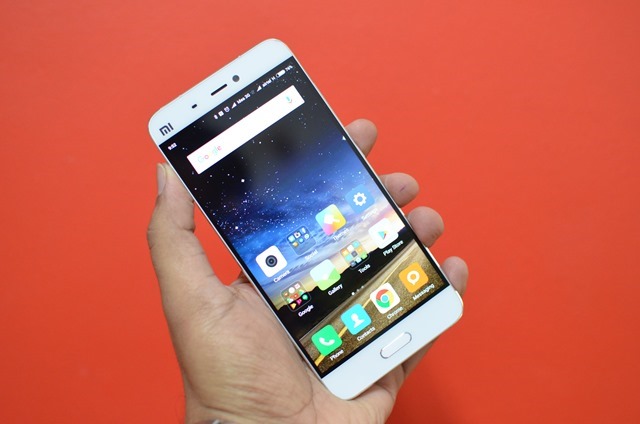


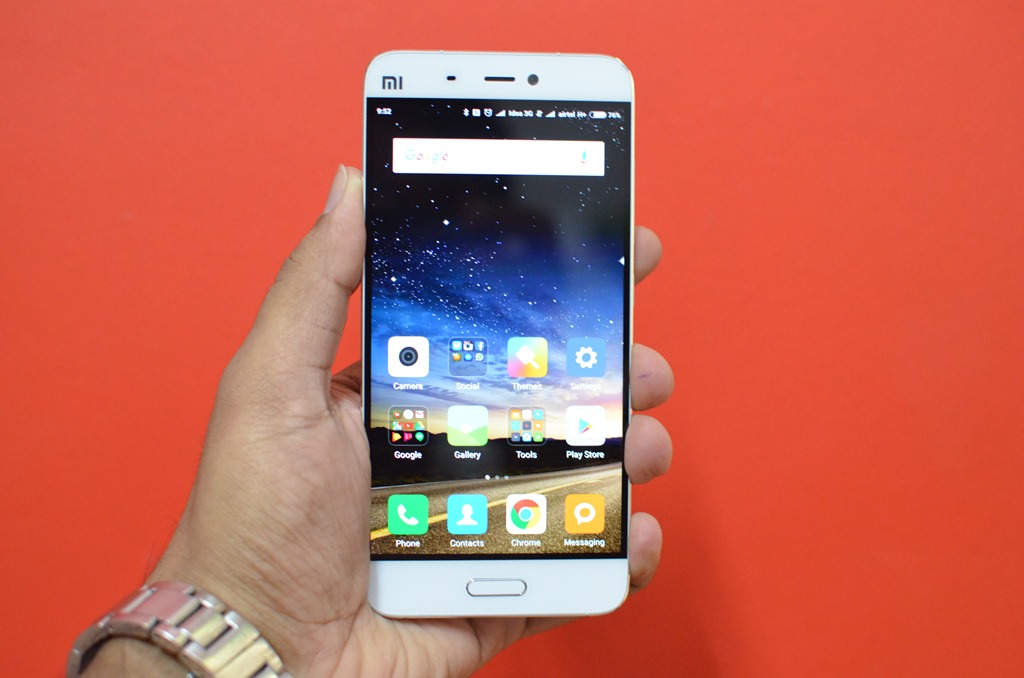
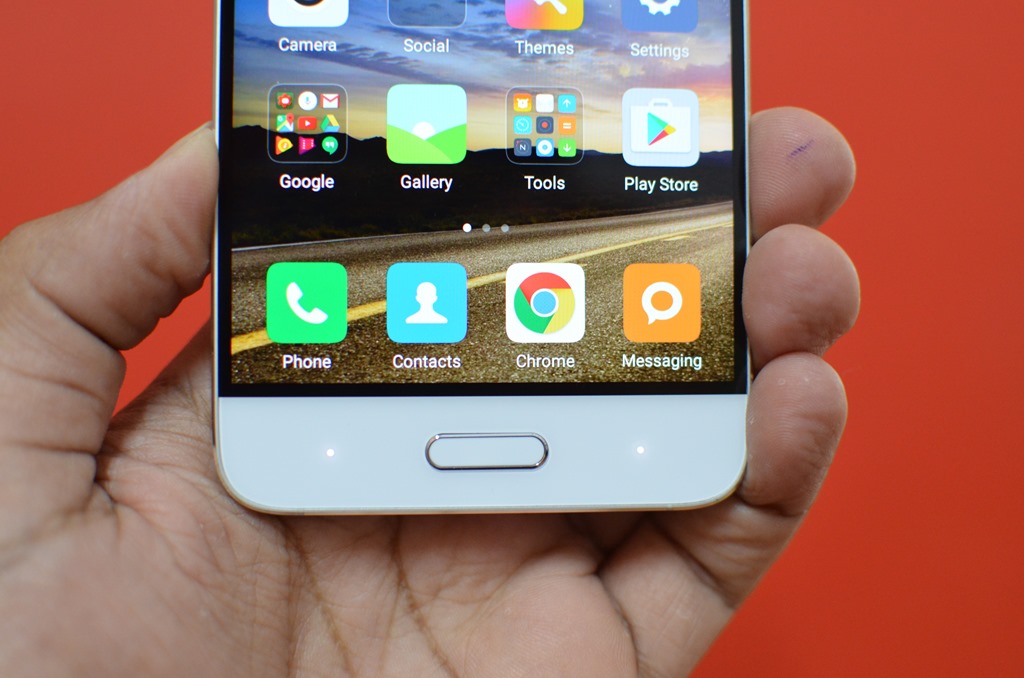

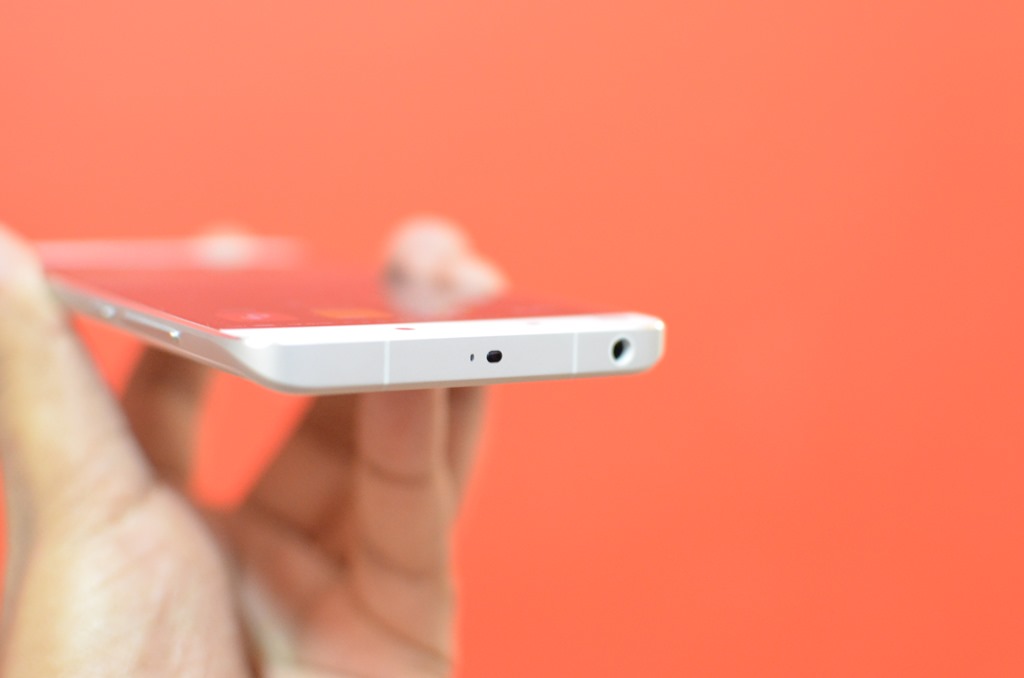
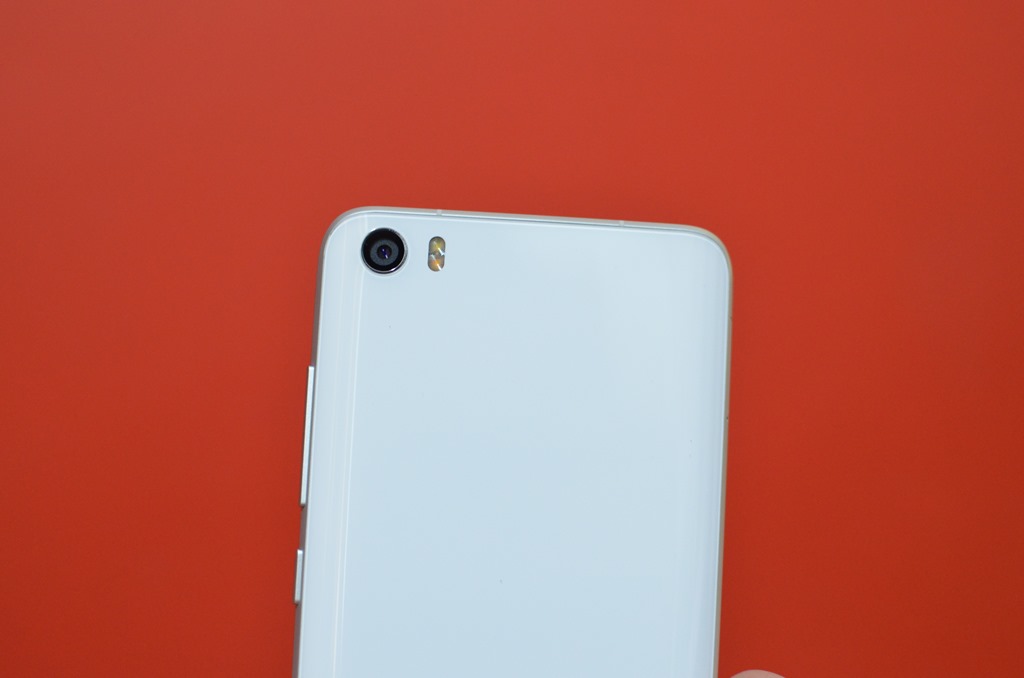
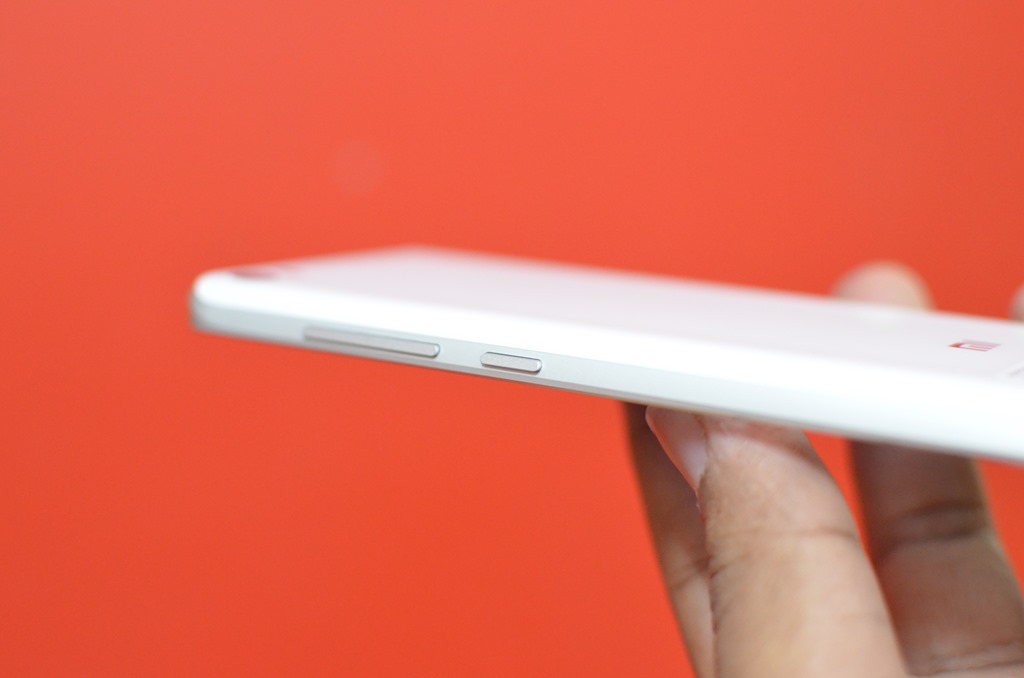
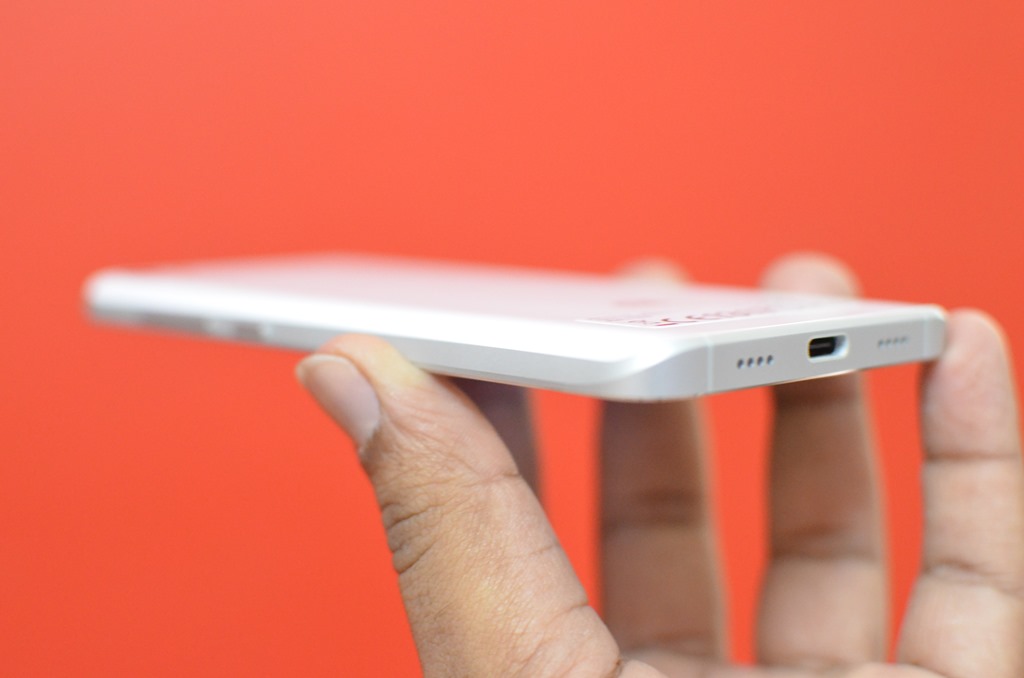
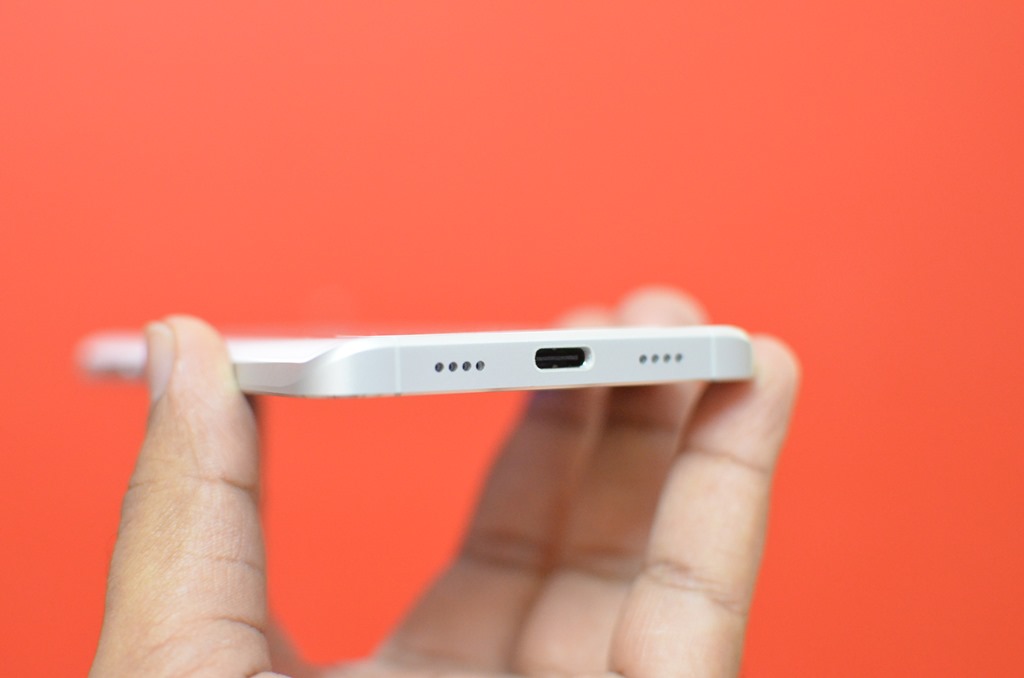
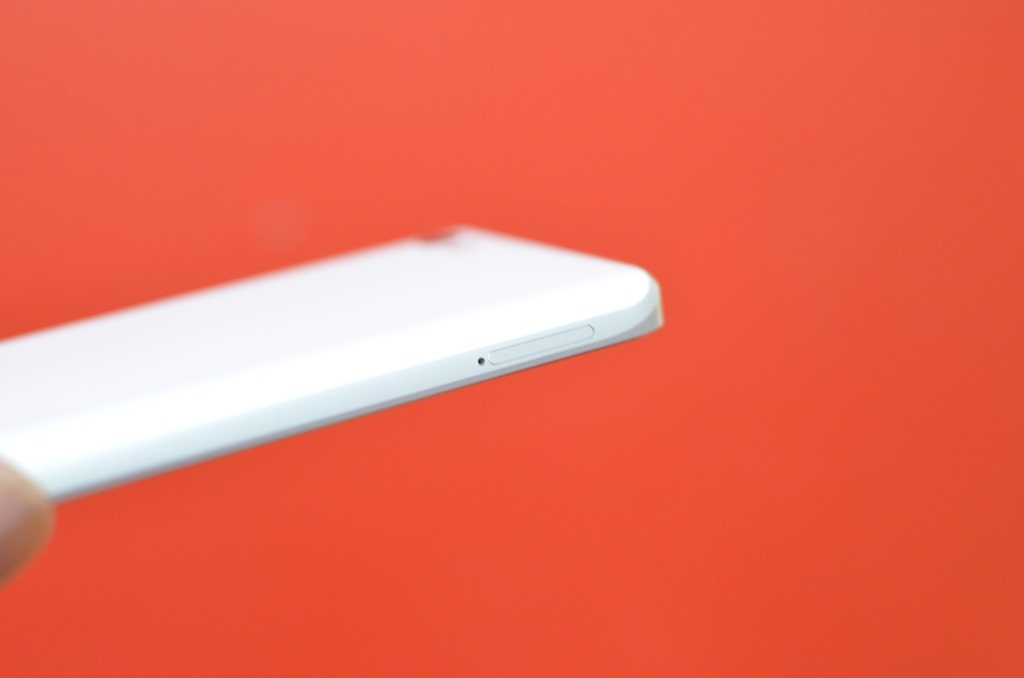

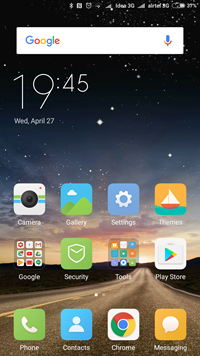
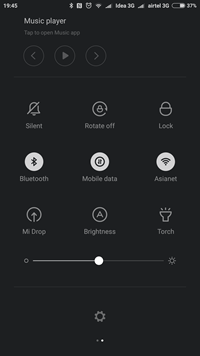

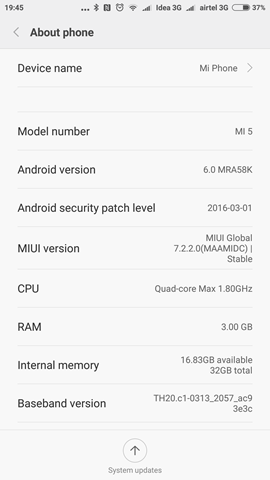
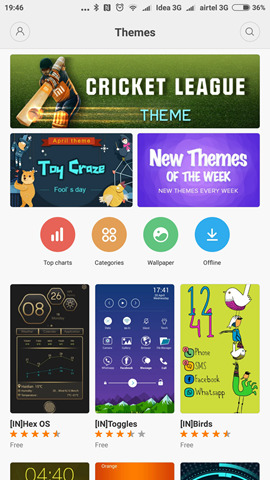
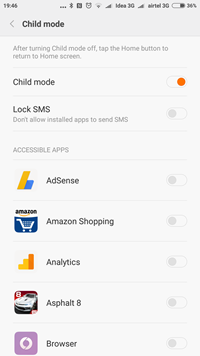
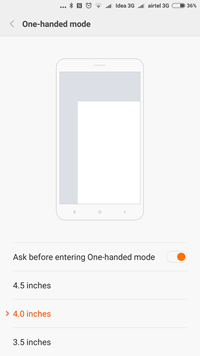
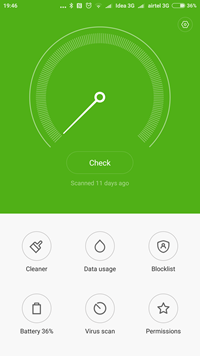
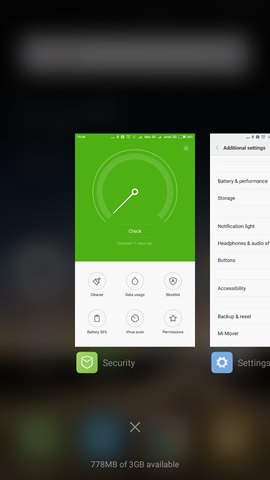
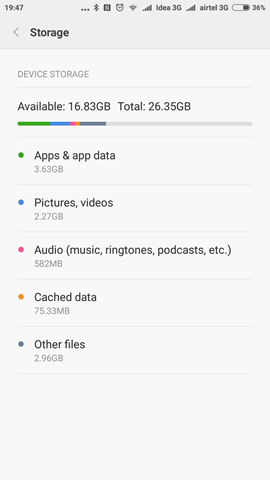

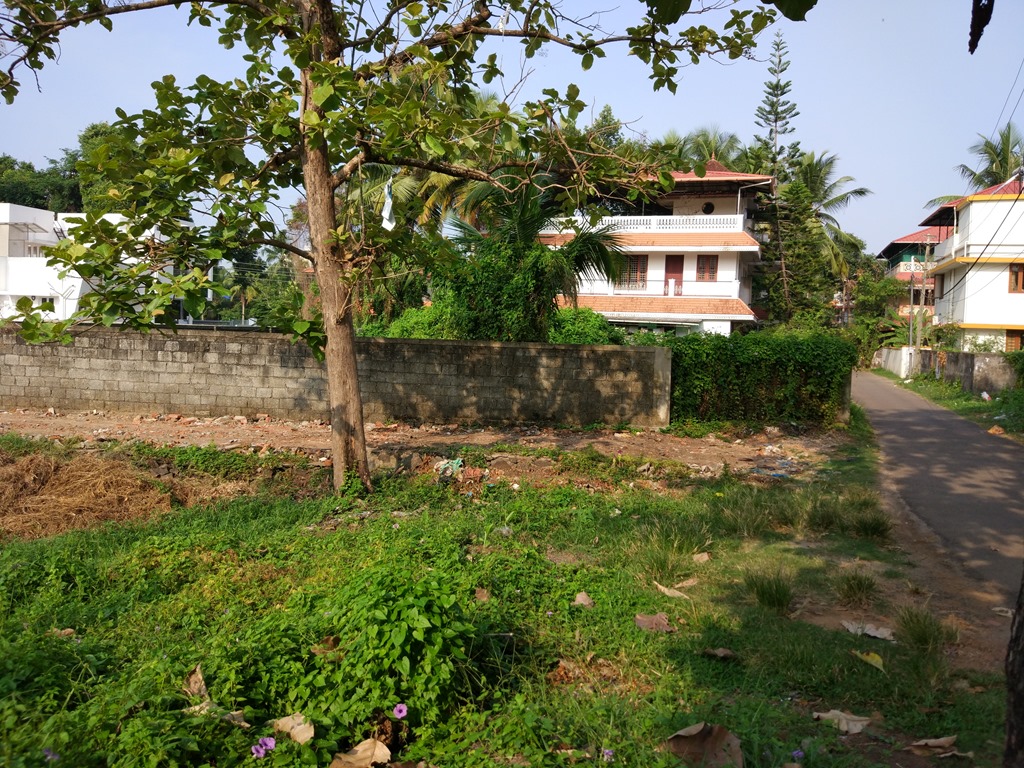

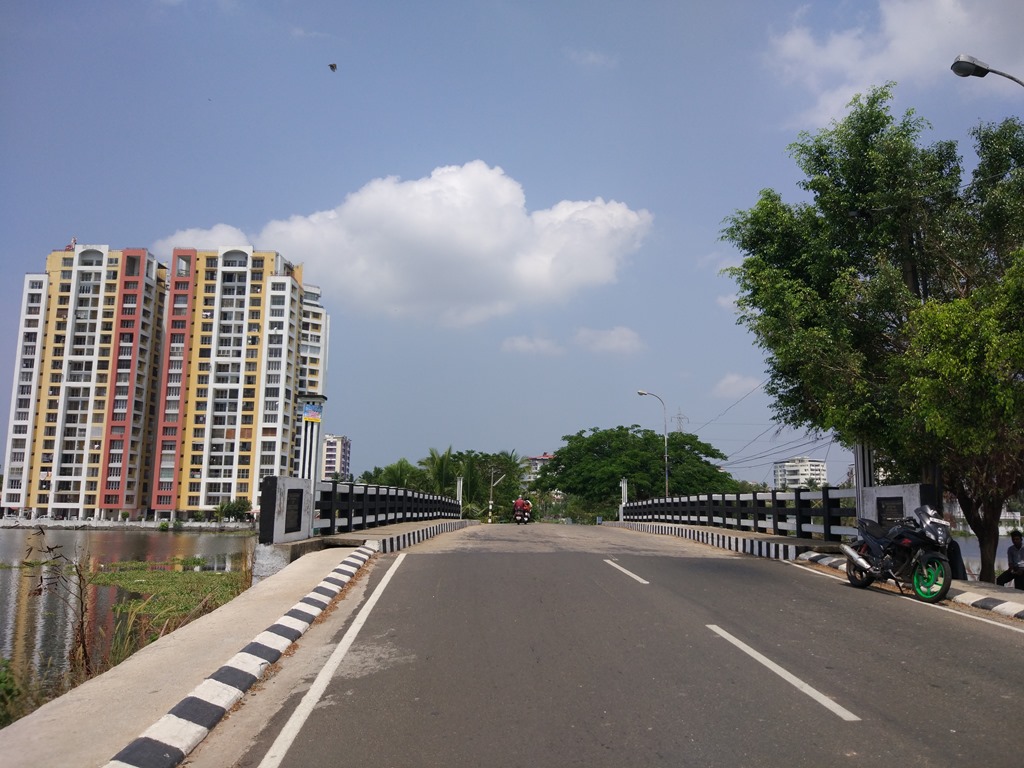


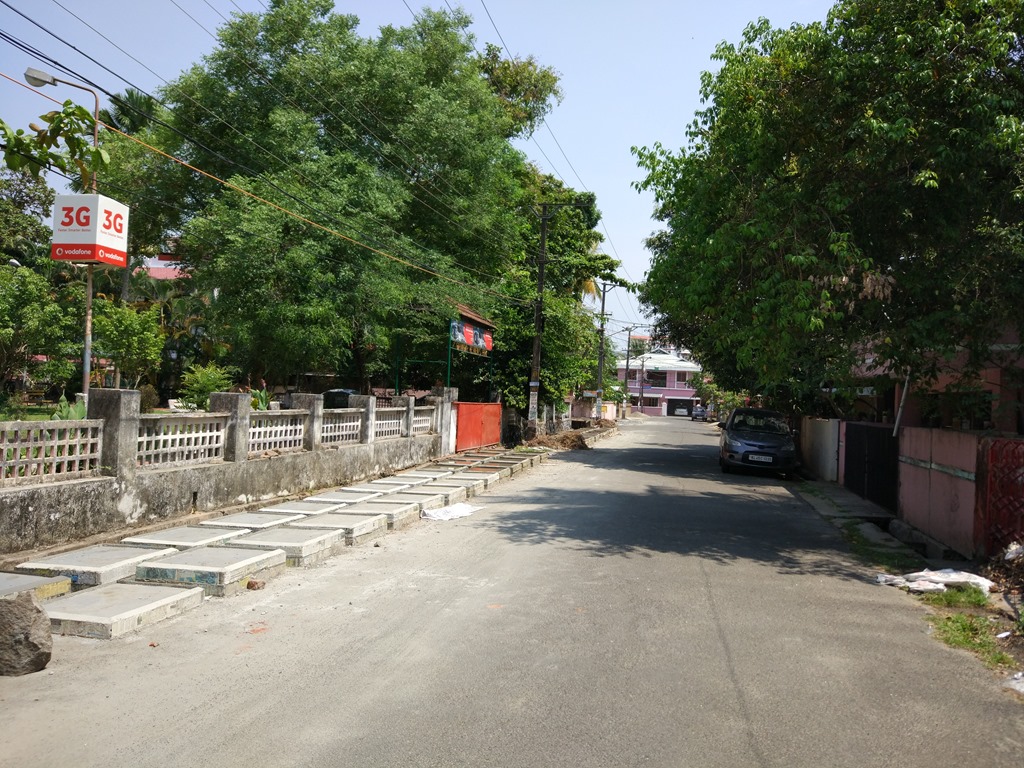




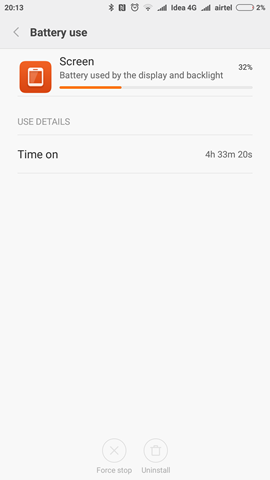



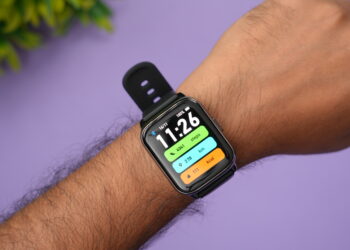
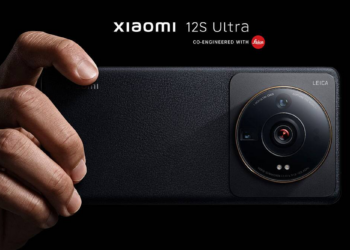

Looks promising and the price is decent, with Moto G4 and LeTV phones. Xiaomi faces a tough competition.
The XIAOMI Mi5 carries Android 6.0, it is a great OS. The Current news showed that Android N will be released in July or August, also interesting news. I found an great Android OS comparison video between Android N, M and L, the video is good, you can view it on youtube.